Home>Garden Essentials>How Many Mustard Seeds To Make Mustard
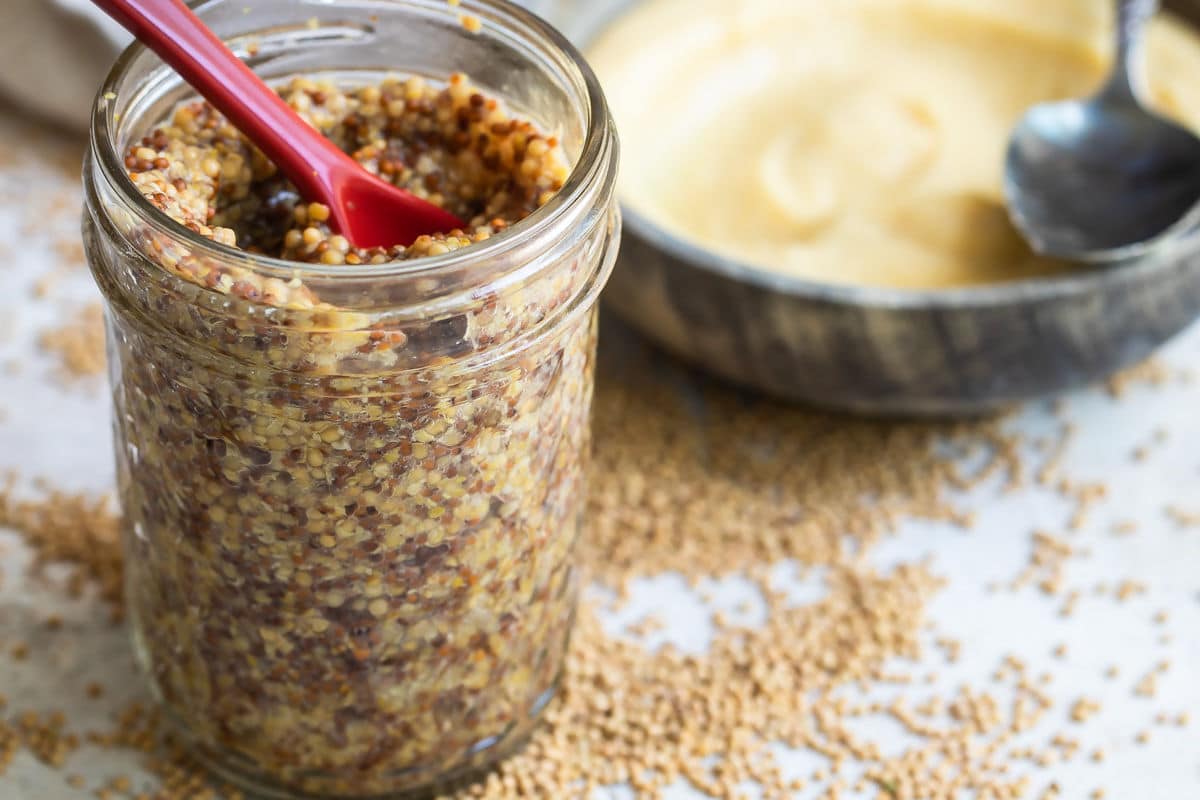

Garden Essentials
How Many Mustard Seeds To Make Mustard
Modified: March 16, 2024
Discover how many mustard seeds you need to make your own homemade mustard in your garden. Learn the secrets of mustard cultivation and get started today!
(Many of the links in this article redirect to a specific reviewed product. Your purchase of these products through affiliate links helps to generate commission for Storables.com, at no extra cost. Learn more)
Introduction
Mustard seeds are tiny in size but pack a punch when it comes to their culinary uses. These small seeds are widely used in various cuisines around the world, adding a unique flavor and aroma to dishes. But have you ever wondered how many mustard seeds are needed to make mustard?
In this article, we will delve into the world of mustard seeds and explore their history, varieties, cultivation, and harvest. We will also discuss the production process of mustard and factors that can affect the quantity of mustard seeds required. Lastly, we will conduct a fun experiment to determine the number of mustard seeds needed to make mustard. So, let’s dive in!
Key Takeaways:
- Mustard seeds have a rich history and are used in various cuisines. Experimenting with different quantities can help create custom-made mustards to suit individual tastes and preferences.
- Understanding the factors affecting the quantity of mustard seeds needed can lead to the creation of perfectly tailored mustard condiments. Conducting a simple experiment at home allows for customization and exploration of unique flavors.
Read more: What To Do With Mustard Seeds
History of Mustard Seeds
Mustard seeds have been used for centuries and have a rich history that dates back thousands of years. The origins of mustard seeds can be traced back to the Mediterranean region, where they were cultivated and used in cooking and medicinal purposes.
Ancient civilizations such as the Egyptians, Greeks, and Romans were familiar with the benefits of mustard seeds. The Egyptians used mustard seeds as a condiment, while the Greeks and Romans believed in the medicinal properties of mustard seeds.
Mustard seeds traveled along the ancient trade routes and reached different parts of the world. They became an integral part of various cuisines, including Indian, Chinese, Middle Eastern, and European. The use of mustard seeds in traditional condiments, sauces, and pickles is evident in these culinary traditions.
The popularity of mustard seeds continued to grow throughout the Middle Ages, and they became a staple in European cuisine. Mustard seeds played an essential role during the era of exploration, as sailors carried them on long voyages due to their ability to preserve and flavor food.
In the 18th and 19th centuries, mustard seeds became commercially important in Europe and North America. Mustard production saw significant advancements during this time, with the invention of machinery for grinding and processing the seeds. This allowed for mass production of mustard and its wide distribution.
Today, mustard seeds are widely consumed across the globe. They are not only used in condiments but are also incorporated into various dishes, salad dressings, marinades, and even beverages.
The remarkable journey of mustard seeds from ancient civilizations to modern-day cuisines showcases the enduring popularity and versatility of these tiny, yet flavorful seeds.
Varieties of Mustard Seeds
Mustard seeds come in different varieties, each with its own unique characteristics and flavors. The three main types of mustard seeds are yellow, brown, and black.
Yellow Mustard Seeds: Yellow mustard seeds, also known as white mustard seeds, are the most commonly used variety. These small, round seeds have a mild flavor and a slightly tangy taste. They are primarily used in making American-style yellow mustard and are also popular in Indian cuisine.
Brown Mustard Seeds: Brown mustard seeds are slightly larger than yellow mustard seeds and have a spicier and more pungent flavor. They are often used in Asian cuisines, such as Indian, Chinese, and Japanese. Brown mustard seeds are commonly used in making Dijon mustard and are also popular in pickling and curries.
Black Mustard Seeds: Black mustard seeds have a strong, pungent flavor and are primarily used in Indian and Mediterranean cooking. These seeds are smaller in size compared to yellow and brown mustard seeds and have a dark color. Black mustard seeds are often used in tempering or seasoning dishes and provide a bold flavor to curries, lentils, and pickles.
Aside from the three main types, there are also specialty mustard seeds that offer unique flavors and aromas. Some examples include green mustard seeds, which have a mild and fresh flavor, and Ethiopian mustard seeds, known for their intense heat and bitterness.
It’s worth mentioning that mustard greens, the leaves of the mustard plant, are also edible and widely used in cooking. They have a peppery taste and are often used in salads, stir-fries, and soups.
When purchasing mustard seeds, look for ones that are fresh, dry, and free from any signs of moisture or mold. Proper storage in airtight containers in a cool, dark place will help maintain the quality and flavor of the seeds.
Experimenting with different varieties of mustard seeds can open up a world of flavor possibilities in your culinary adventures. Whether you prefer a mild, tangy, or spicy taste, there is a mustard seed variety to suit your palate.
Cultivation of Mustard Seeds
Mustard seeds are relatively easy to cultivate and can be grown in a wide range of climates. They are cool-season crops that thrive in temperate regions. The cultivation process of mustard seeds involves several key steps.
1. Soil Preparation: Mustard seeds prefer well-drained soils with a pH range of 6 to 7. The soil should be loosened and free from weeds and debris before planting. Adding organic matter, such as compost, can help improve soil fertility and moisture retention.
2. Seed Selection: High-quality mustard seeds should be selected for sowing. It’s recommended to source seeds from reputable suppliers to ensure good germination rates and the absence of disease or weed contamination.
3. Planting: Mustard seeds can be sown directly in the ground or started indoors and transplanted later. The optimal time for planting depends on the climate. In cooler regions, seeds can be sown in early spring, while in warmer regions, they can be planted in the fall. Seeds should be sown at a depth of about half an inch and spaced 1 to 2 inches apart.
4. Watering and Fertilization: Mustard seeds require regular watering, especially during dry periods. However, it’s important not to overwater as excessive moisture can lead to fungal diseases. Applying organic fertilizers or well-balanced synthetic fertilizers can provide the necessary nutrients for healthy plant growth.
5. Weed and Pest Control: Regular weeding is essential to prevent weeds from competing with mustard plants for nutrients and moisture. Using mulch can help suppress weed growth and maintain soil moisture. Mustard plants can be susceptible to certain pests, such as aphids, flea beetles, and caterpillars. Organic insecticides or natural pest control methods can be employed to manage these pests.
6. Harvesting: Mustard plants typically reach maturity within 80 to 85 days after planting. The leaves can be harvested before the plants reach full maturity for culinary use. For mustard seed production, it’s best to wait until the plants start to turn yellow and the seed pods dry out. Harvesting can be done by cutting the plants near the base and allowing them to dry in a well-ventilated area.
By following these cultivation practices, you can successfully grow your own mustard seeds and enjoy the satisfaction of using freshly harvested seeds in your culinary creations.
Harvesting and Processing of Mustard Seeds
Once the mustard plants have reached maturity, it’s time to harvest the seeds. Proper harvesting and processing techniques are crucial to ensure the quality and flavor of the mustard seeds.
1. Harvesting: Mustard plants are typically ready for harvest when the seed pods turn from green to dry and yellowish-brown. The best time to harvest is on a dry and sunny day to prevent excess moisture in the seeds. Cut the plants at the base and gather them in small bundles or hang them upside down to dry in a well-ventilated area.
2. Threshing: Threshing is the process of separating the seeds from the dried mustard plants. To thresh the mustard seeds, gently beat the dried plants against a hard surface to release the seeds. Alternatively, you can rub the seed pods between your hands or use a mechanical threshing machine.
3. Cleaning: After threshing, the mustard seeds need to be cleaned to remove any remaining plant material, debris, or impurities. This can be done manually by winnowing, which involves pouring the seeds in front of a light breeze to allow the lighter particles to blow away. Commercial farmers use specialized cleaning machines to achieve more efficient and thorough cleaning.
4. Grading and Sorting: Once the seeds are clean, they are graded and sorted based on their size, color, and quality. This is done using sieves or screens that separate the seeds into different grades. Larger, plumper, and unbroken seeds are considered higher quality and command a higher price.
5. Storage: Proper storage is essential to maintain the freshness and longevity of mustard seeds. Store the cleaned and graded seeds in airtight containers, away from direct sunlight, heat, and moisture. Ideally, they should be stored in a cool and dark place to preserve their quality.
Keep in mind that some mustard seeds are also processed further to produce different types of mustard condiments. Processing methods can involve grinding, soaking, fermenting, and blending the seeds with other ingredients to create various flavors and textures.
The harvesting and processing of mustard seeds require attention to detail and proper handling to ensure that the final product is of the highest quality. With the right techniques, you can enjoy fresh and flavorful mustard seeds in your culinary adventures.
It takes about 1.5 tablespoons of mustard seeds to make 1 cup of prepared mustard. Adjust the amount based on your desired consistency and flavor.
Read more: What Size Is A Mustard Seed
Mustard Production
Mustard production involves the transformation of harvested mustard seeds into various forms of mustard condiments. From the humble yellow mustard to the tangy Dijon and gourmet whole grain mustards, there is a wide range of mustard products available in the market.
Here is an overview of the steps involved in mustard production:
1. Cleaning: Before processing, the harvested mustard seeds undergo a thorough cleaning process to remove any impurities, debris, or foreign particles. This ensures that only pure seeds are used in mustard production.
2. Grinding: The cleaned mustard seeds are then ground to break them down into a fine or coarse powder, depending on the desired consistency of the mustard condiment. Grinding helps release the essential oils and enzymes present in the seeds, which contribute to the characteristic flavor and aroma of mustard.
3. Mixing and Blending: To create specific mustard flavors, the ground mustard seeds are mixed and blended with other ingredients such as water, vinegar, salt, spices, and flavorings. The proportions and combinations of these ingredients can vary widely, leading to the different types and flavors of mustards available.
4. Fermentation (Optional): Some mustard varieties, like Dijon mustard, undergo a fermentation process. Fermentation can enhance the flavor and complexity of the mustard by allowing the natural enzymes present in the seeds to break down the compounds and release additional flavors.
5. Aging (Optional): Certain mustards are aged to develop their unique flavors and textures. Aging involves storing the mustard in controlled conditions for a specific period to allow the flavors to mature and meld together.
6. Packaging: Once the mustard condiment has been produced, it is packaged into containers such as jars, bottles, or squeeze tubes. Packaging plays a crucial role in preserving the freshness and quality of the mustard, as well as providing convenience and ease of use for consumers.
7. Distribution: Mustard condiments are then distributed to supermarkets, grocery stores, specialty food shops, and other retail outlets. They may also be sold online, allowing consumers to explore a wide variety of mustard options from different brands and producers.
The production of mustard requires expertise and precision to ensure consistent quality and flavor. Each mustard variety may have its own unique production process, emphasizing specific ingredients, fermentation techniques, and aging methods.
From classic yellow mustard accompanying hot dogs to gourmet mustards with innovative flavor profiles, mustard production offers a wide range of options to suit various tastes and culinary preferences.
Factors Affecting the Quantity of Mustard Seeds Needed
The quantity of mustard seeds needed to make mustard can vary depending on several factors. Here are some key factors that can impact the quantity of mustard seeds required:
1. Desired Consistency: The consistency of mustard can vary from thick and creamy to more liquid-like. If you prefer a thicker mustard, you may need to use a higher quantity of mustard seeds. Conversely, if you prefer a thinner consistency, you can use a smaller amount of seeds.
2. Recipe Variation: Different mustard recipes may call for varying amounts of mustard seeds. Some recipes may be more concentrated and require a higher quantity of seeds, while others may be milder and use a lesser amount. It’s essential to follow the specific recipe instructions to achieve the desired flavor and consistency.
3. Mustard Type and Flavor: The type of mustard you wish to make can also impact the quantity of seeds needed. For example, yellow mustard typically requires less mustard seeds compared to stronger and more pungent varieties like Dijon or spicy brown mustard. The desired flavor profile will determine the amount of seeds needed to achieve the desired taste.
4. Personal Preference: Personal taste preferences play a significant role in determining the amount of mustard seeds to use. Some individuals may prefer a milder mustard flavor, while others may enjoy a bolder and spicier taste. Adjusting the quantity of seeds will allow you to tailor the mustard to your personal preference.
5. Seed Freshness and Quality: The freshness and quality of the mustard seeds can also affect the amount needed. Fresh and high-quality seeds tend to have a more potent flavor, so using a smaller quantity may still result in a flavorful mustard. Conversely, if the seeds are older or have lost their potency, you may need to use a larger amount to achieve the desired flavor.
6. Processing and Grinding: The process of grinding the mustard seeds can impact the overall quantity required. Different grinding methods can yield different levels of seed-to-product conversion. Finely ground seeds will require a smaller quantity, while coarser grinds may necessitate more seeds to achieve the desired texture and flavor.
It is advisable to start with a basic recipe and adjust the quantity of mustard seeds according to your taste preferences and the desired consistency. Remember that mustard flavor can develop over time, so it’s essential to taste and adjust as needed, allowing the flavors to meld together before making any final judgments on the quantity of seeds used.
Experimenting with different quantities of mustard seeds can also be a fun way to discover your preferred mustard flavor and achieve the desired balance between heat, tanginess, and texture.
Experiment: Determining the Number of Mustard Seeds Required to Make Mustard
To find out the number of mustard seeds needed to make mustard, we can conduct a simple experiment at home. This experiment will allow you to customize the quantity of mustard seeds based on your desired flavor and consistency preferences.
Here’s how you can proceed with the experiment:
1. Gather the Ingredients:
– Mustard seeds
– Water
– Vinegar (white or apple cider)
– Salt (optional)
– Additional flavorings (optional), such as honey, garlic, herbs, or spices
2. Prepare the Equipment:
– Mortar and pestle or a spice grinder
– Measuring spoons
– Mixing bowl
– Whisk or spoon for stirring
3. Start with a Simple Mustard Recipe:
For a basic mustard recipe, start with equal parts of mustard seeds and liquid (a combination of water and vinegar). For example, if you decide to use 1 tablespoon of mustard seeds, use 1 tablespoon of liquid.
4. Grind the Mustard Seeds:
Using a mortar and pestle or a spice grinder, grind the mustard seeds to the desired consistency. For a smoother mustard, grind the seeds more finely. If you prefer a grainier texture, leave some seeds partially ground.
5. Combine the Ingredients:
In a mixing bowl, combine the ground mustard seeds with the liquid, stirring well to ensure even distribution. You can add a pinch of salt and any additional flavorings or seasonings at this stage. Adjust the amount of liquid to achieve the desired consistency. If the mixture seems too thick, gradually add more liquid until it reaches your preferred thickness.
6. Let it Rest:
Cover the bowl with plastic wrap or place the mixture in a sealed container. Allow the mustard to rest at room temperature for at least 15 minutes. This resting period allows the flavors to meld together.
7. Taste and Adjust:
After the resting period, give the mustard a taste test. If it’s too spicy or pungent, you can temper it by adding more liquid or a sweetener like honey. If it’s too mild, you can adjust by adding a small amount of mustard seeds or a touch of vinegar for acidity. Make incremental changes, tasting after each adjustment until you achieve the desired flavor.
8. Note the Quantity:
Once you have made the perfect mustard according to your taste preferences, take note of the quantity of mustard seeds you used. This measurement will serve as a reference for future mustard-making endeavors.
Remember, the quantity of mustard seeds required may vary depending on personal preferences and the specific flavor and consistency desired. This experiment allows you to tailor the mustard to suit your taste and discover the ideal balance of flavors.
Through experimentation and adjusting the amount of mustard seeds, liquids, and additional ingredients, you can create custom-made mustards that cater to your unique palate. Enjoy the process and savor the delicious results of your homemade mustard!
Conclusion
Mustard seeds are the tiny powerhouses behind the flavorful mustard condiments we enjoy. Through the exploration of the history, varieties, cultivation, and production of mustard seeds, we have gained a deeper understanding of their significance in culinary traditions worldwide.
We have learned that mustard seeds have a long and fascinating history, being used for both culinary and medicinal purposes by ancient civilizations. Today, they continue to be an essential ingredient in various cuisines, adding a distinctive flavor and aroma to dishes.
The cultivation of mustard seeds is relatively straightforward, and they can be grown in a wide range of climates. Understanding the cultivation process allows us to appreciate the effort that goes into producing these tiny seeds, from soil preparation to harvesting and processing.
Mustard production involves grinding the seeds, mixing them with other ingredients, and sometimes fermenting or aging them to create a wide array of mustard condiments. Each variety of mustard has its own unique flavor profile, thanks to different combinations of ingredients and production techniques.
When it comes to determining the quantity of mustard seeds needed to make mustard, there are various factors to consider. Factors such as desired consistency, recipe variation, mustard type and flavor, personal preference, seed freshness, and processing techniques can all impact the amount of seeds required.
Through conducting a simple experiment, we can customize the quantity of mustard seeds in our homemade mustard, enabling us to create a mustard that perfectly suits our taste preferences.
In conclusion, mustard seeds are remarkable ingredients that contribute to the vibrant flavors and unique characteristics of mustard condiments. Whether you prefer the tangy kick of yellow mustard or the bold spiciness of Dijon, mustard seeds add that special something to elevate your culinary creations. So, the next time you reach for a jar of mustard, remember the journey of those tiny seeds and savor the delight they bring to your taste buds.
Read more: How To Grow Mustard Seeds In Pots
References
1. “Mustard Seeds: A Comprehensive Guide” – The Spruce Eats
(https://www.thespruceeats.com/mustard-seeds-guide-4771636)
2. “Mustard: A Condiment with a Tangy History” – University of California Agriculture and Natural Resources
(https://ucanr.edu/datastoreFiles/234-1146.pdf)
3. “Mustard Seeds: From Ancient Medicine to Modern Cuisine” – Food Dive
(https://www.fooddive.com/news/mustard-seeds-from-ancient-medicine-to-modern-cuisine/554197/)
4. “Mustard Production and Processing” – The National Institute of Food and Agriculture
(https://nifa.usda.gov/sites/default/files/resource/Mustard%20Production%20and%20Processing.pdf)
5. “Growing Mustard” – University of Minnesota Extension
(https://extension.umn.edu/vegetables/growing-mustard)
6. “How Mustard Is Made” – The Kitchn
(https://www.thekitchn.com/how-mustard-is-made-ingredient-spotlight-205027)
7. “Mustard Mustard: What’s the Deal with All the Varieties?” – Serious Eats
(https://www.seriouseats.com/mustard-varieties-guide)
8. “Factors Affecting the Quantity of Mustard Seeds Required” – American Spice Trade Association
(https://www.astaspice.org/uploads/6/2/0/4/62047337/cmsp_v36_no1_february2019.pdf)
Please note that these references provide valuable information on the topic, and further research can be conducted for in-depth knowledge or additional sources.
Frequently Asked Questions about How Many Mustard Seeds To Make Mustard
Was this page helpful?
At Storables.com, we guarantee accurate and reliable information. Our content, validated by Expert Board Contributors, is crafted following stringent Editorial Policies. We're committed to providing you with well-researched, expert-backed insights for all your informational needs.
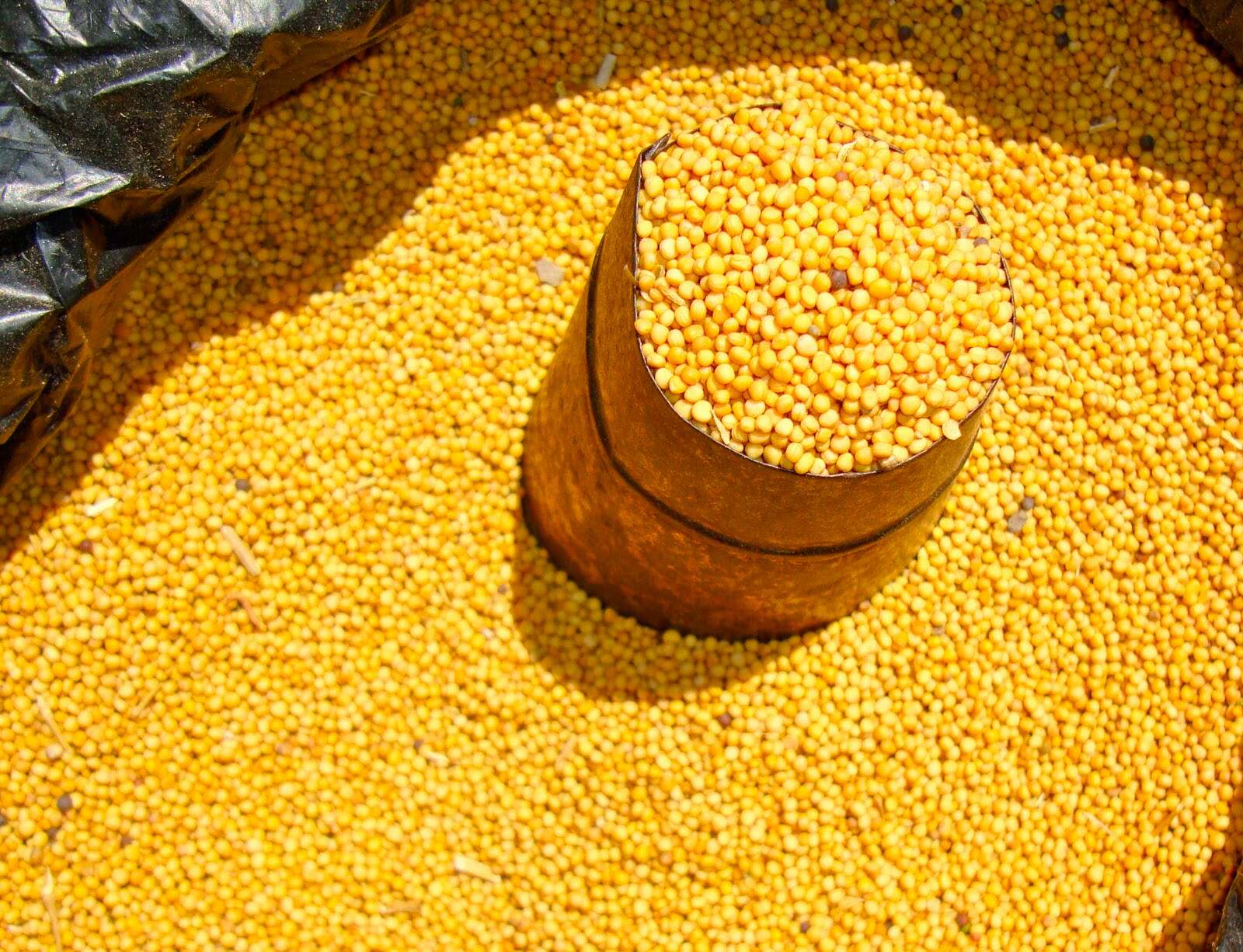
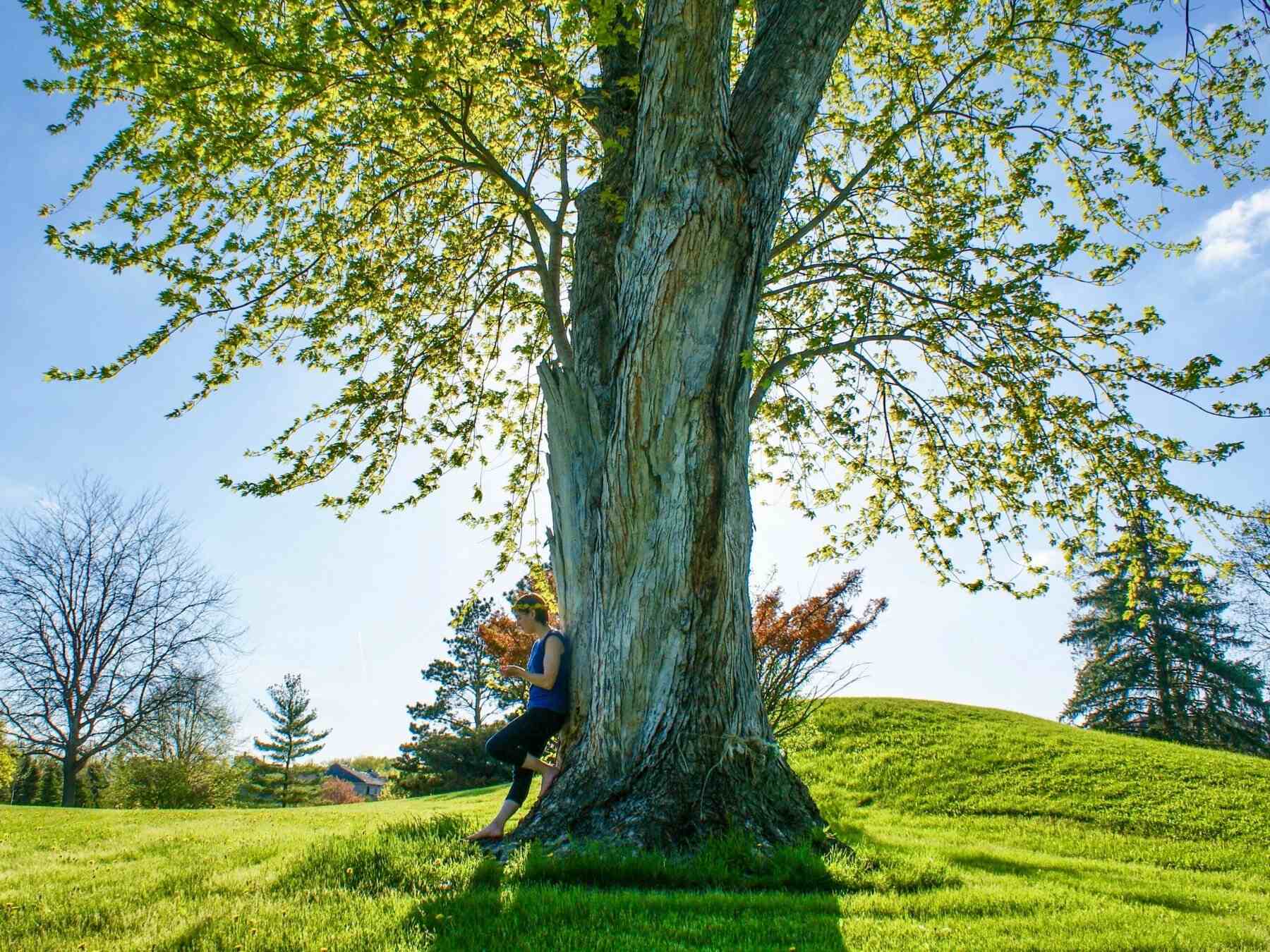
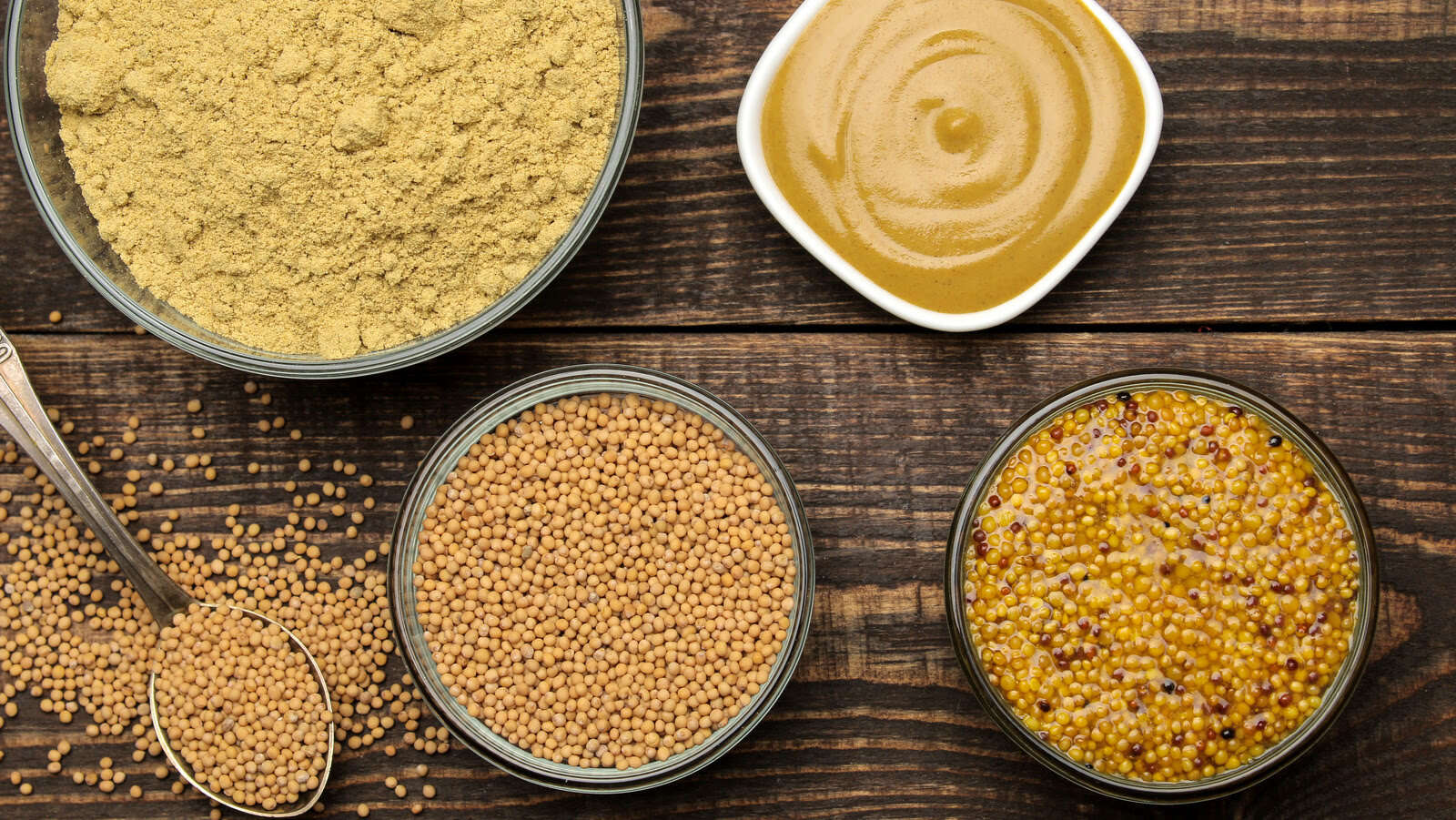
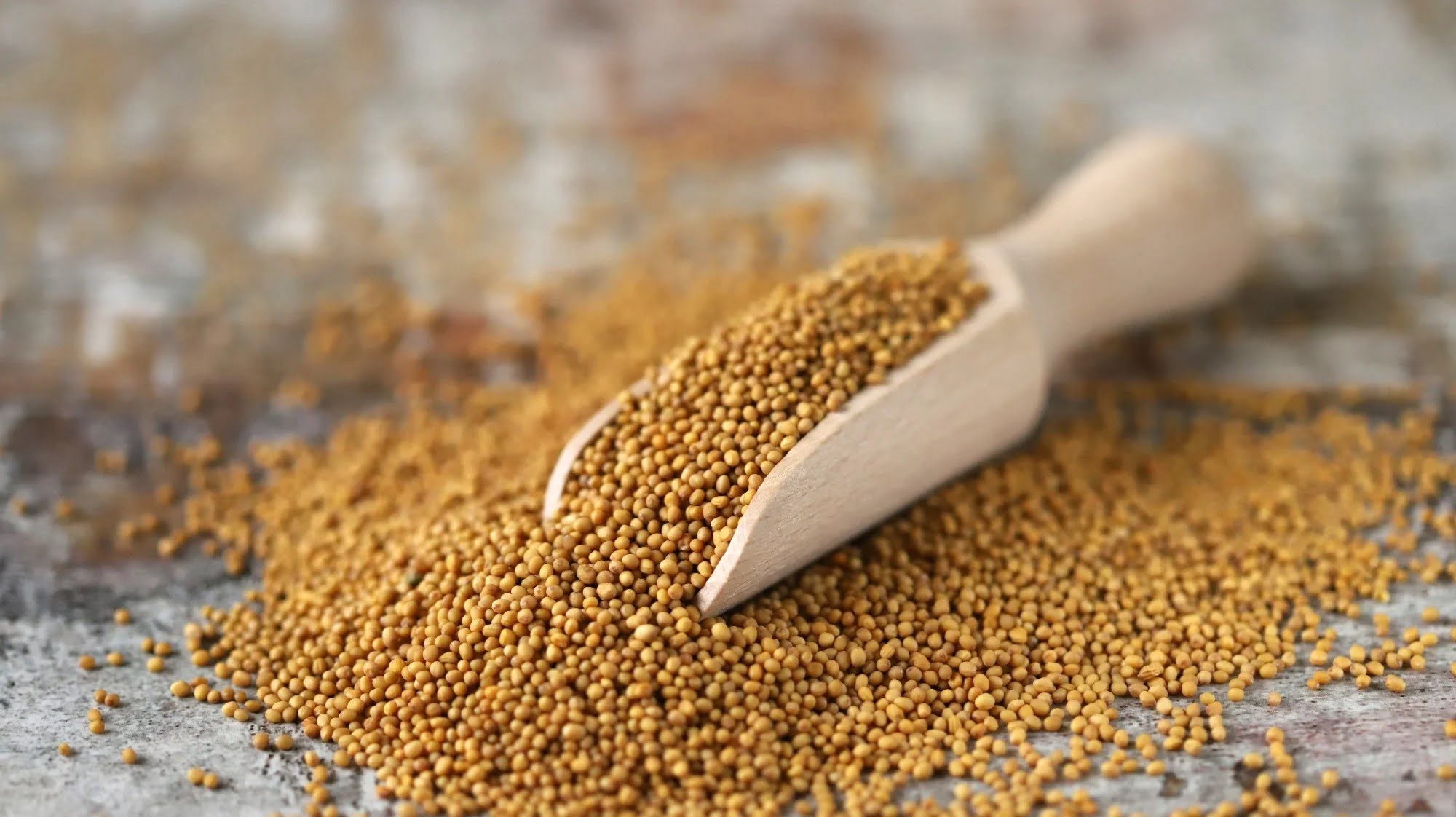
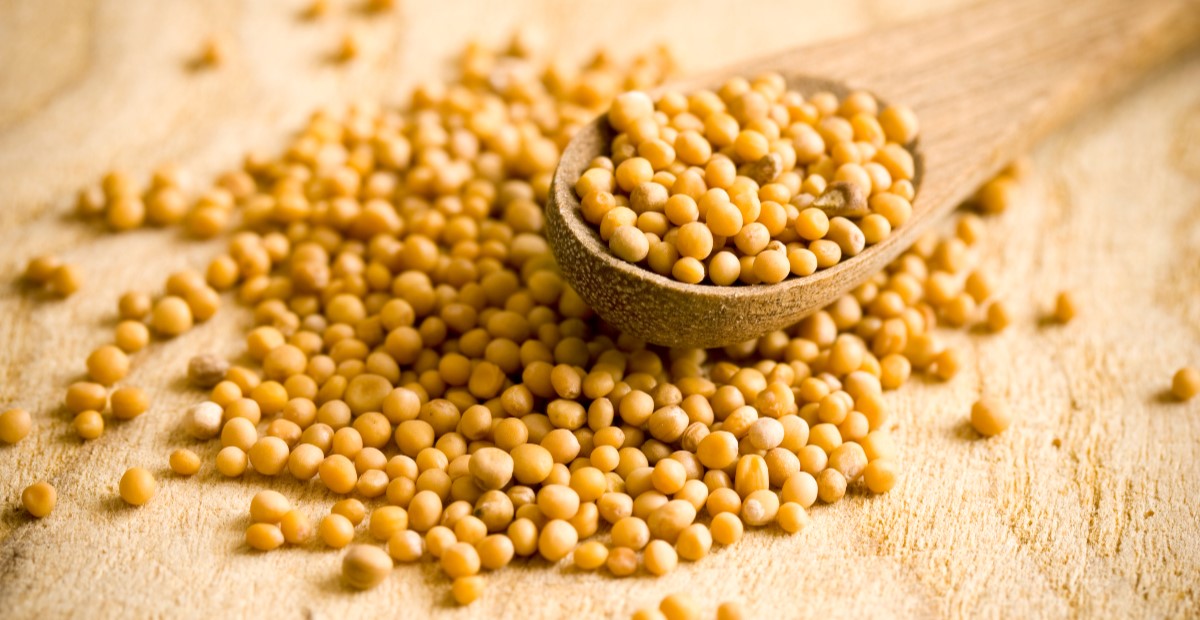
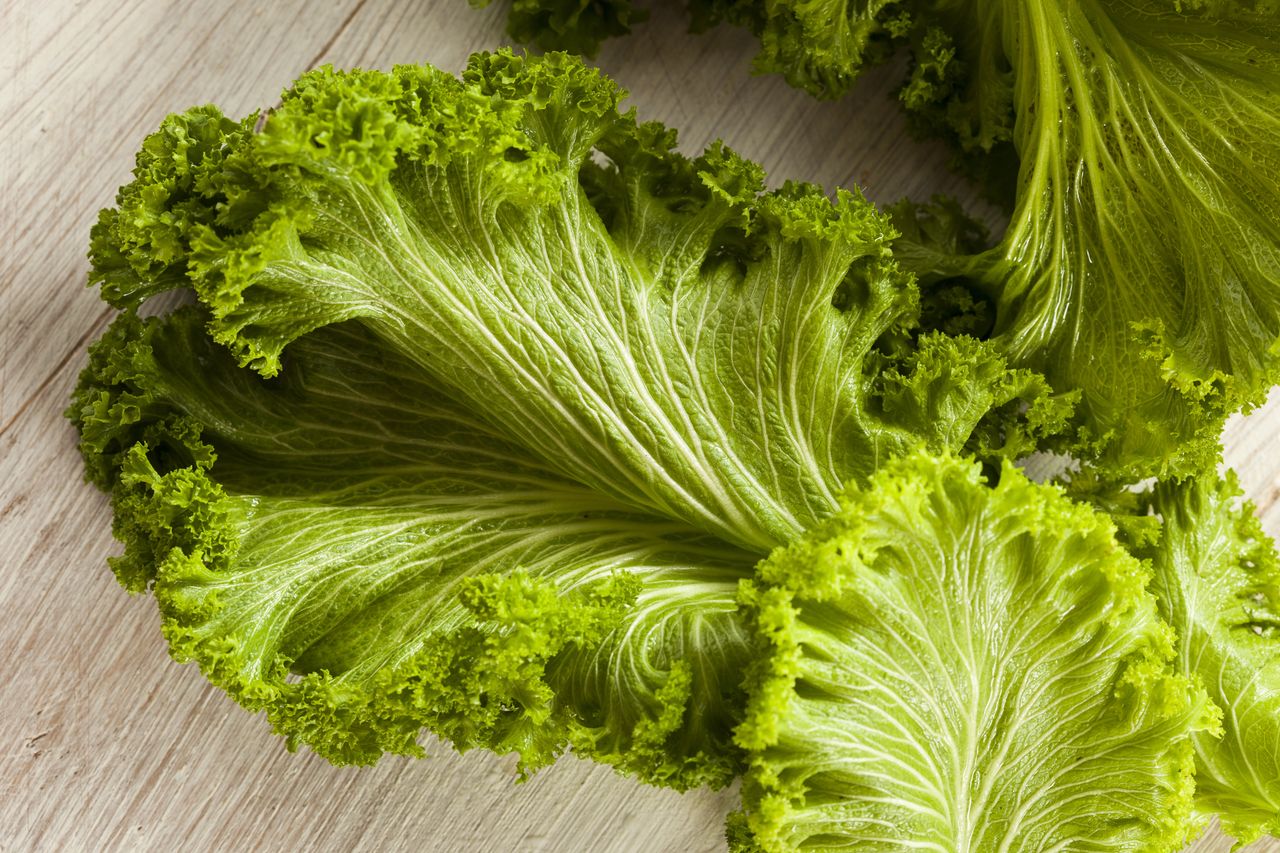
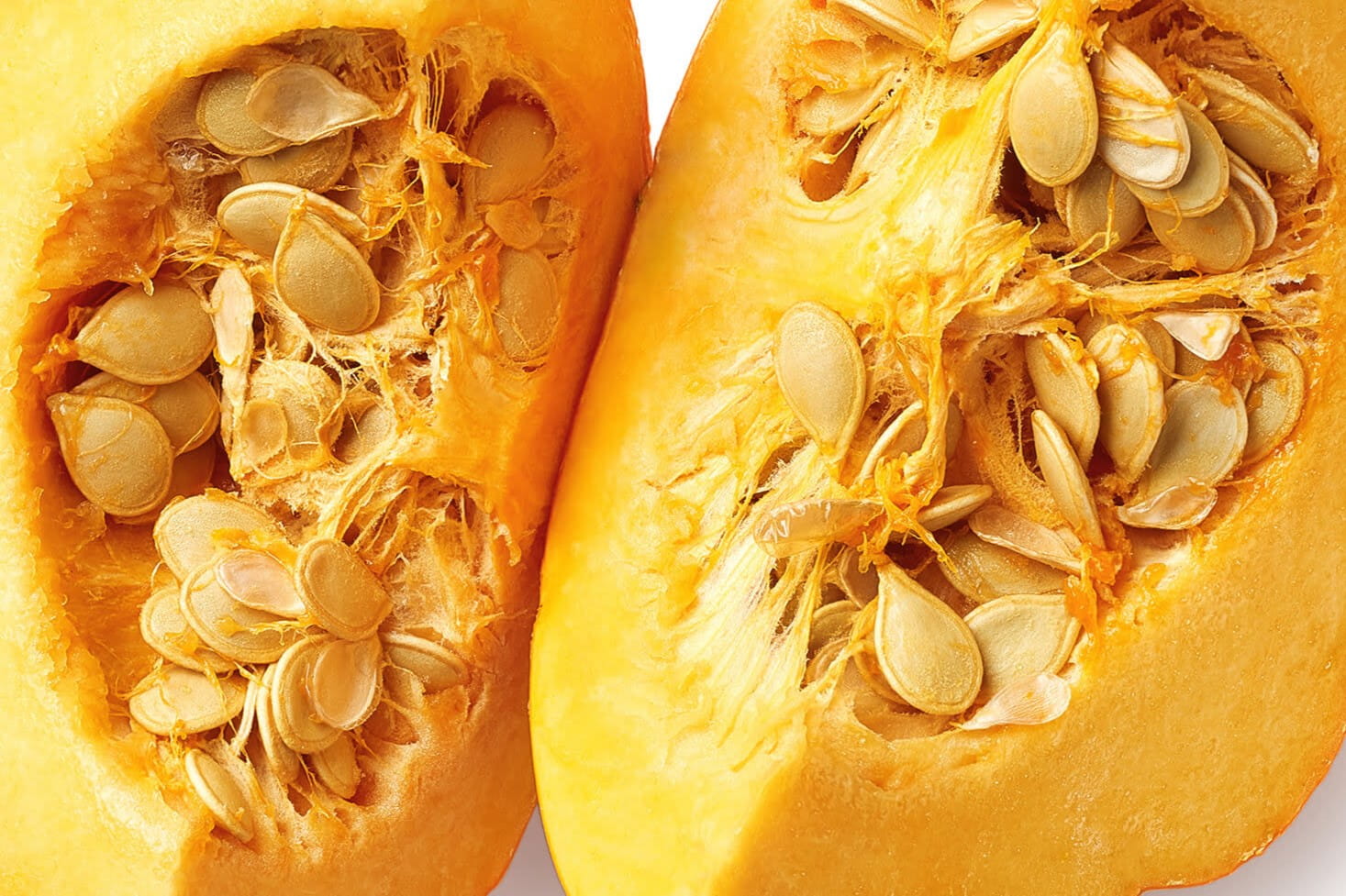
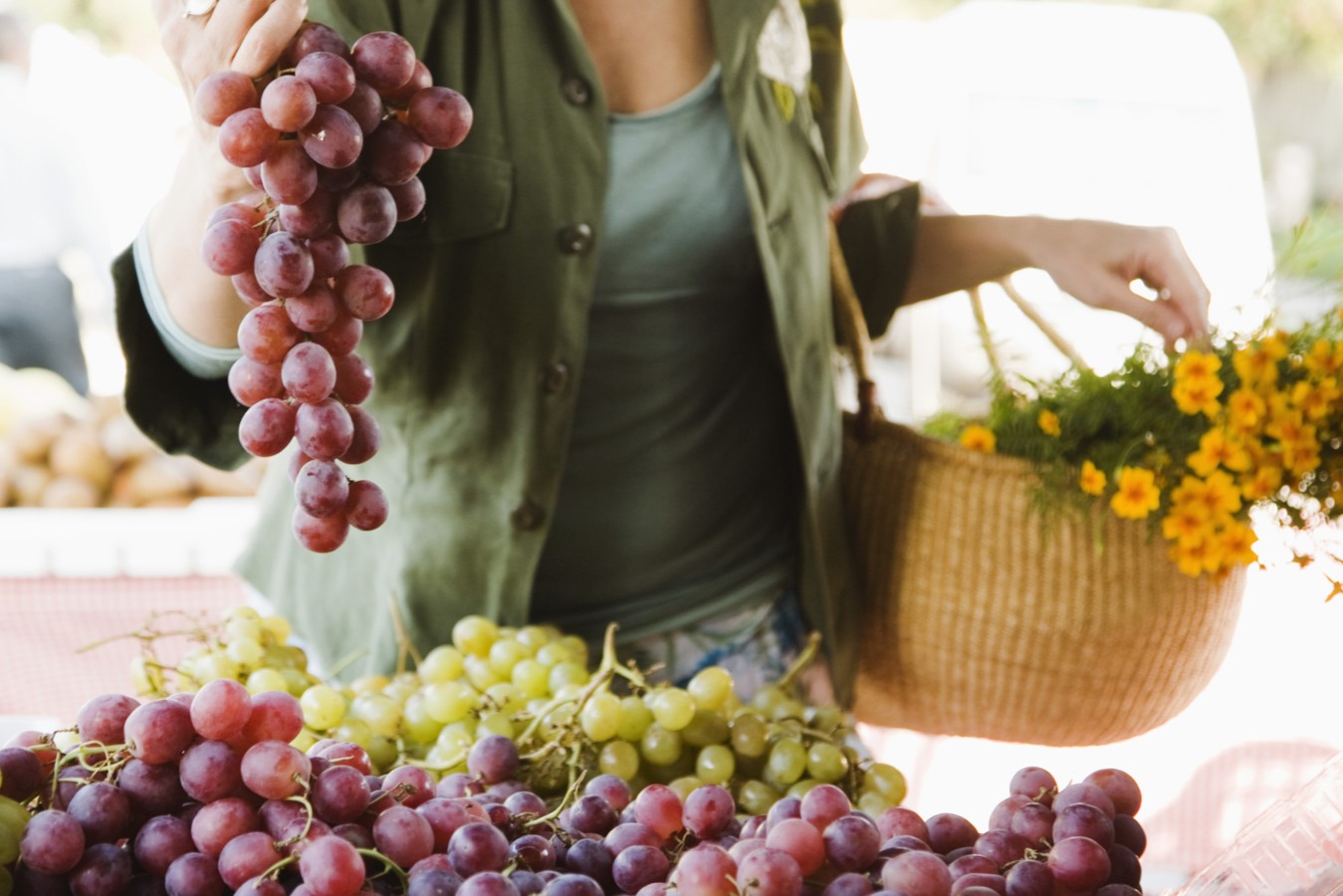
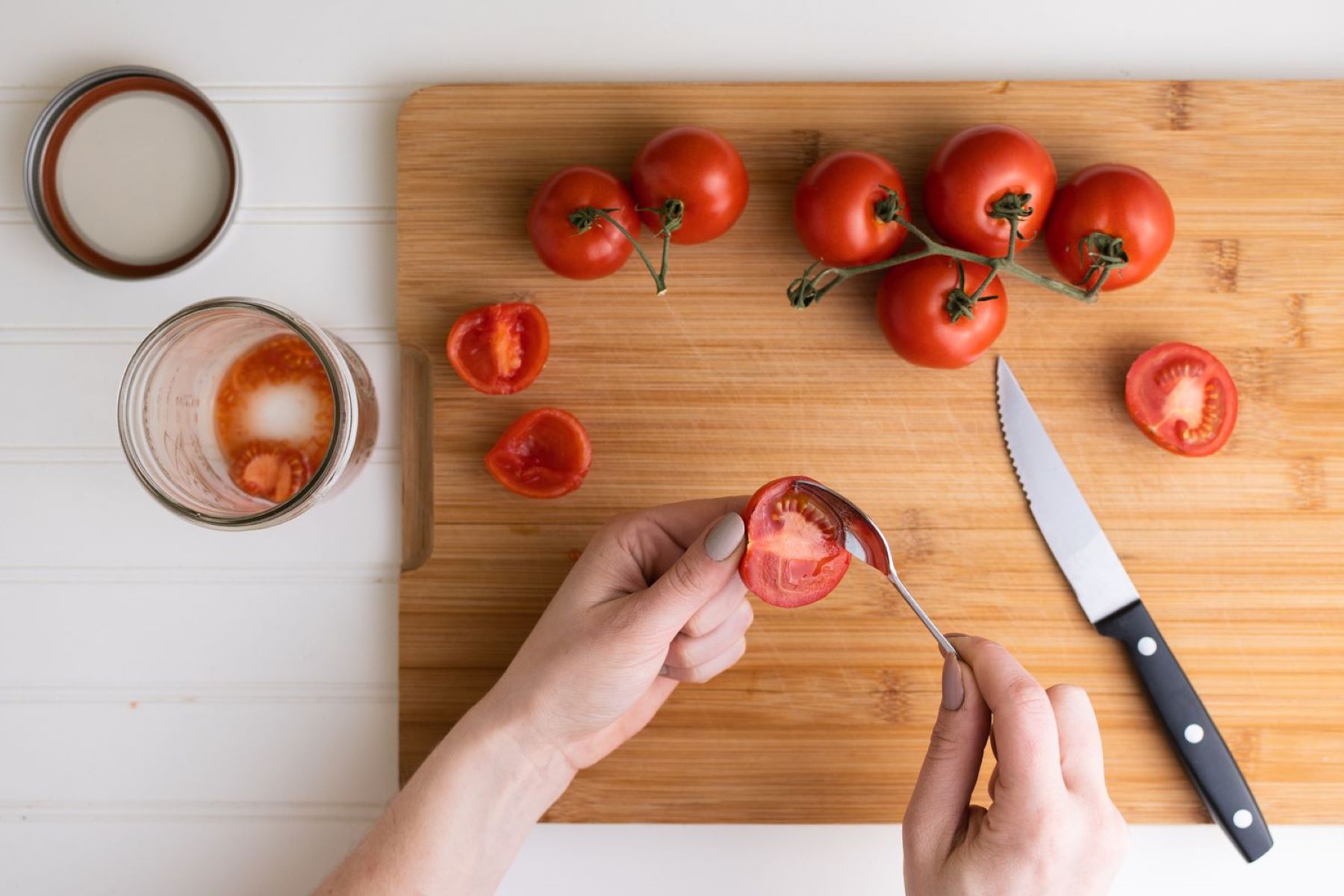
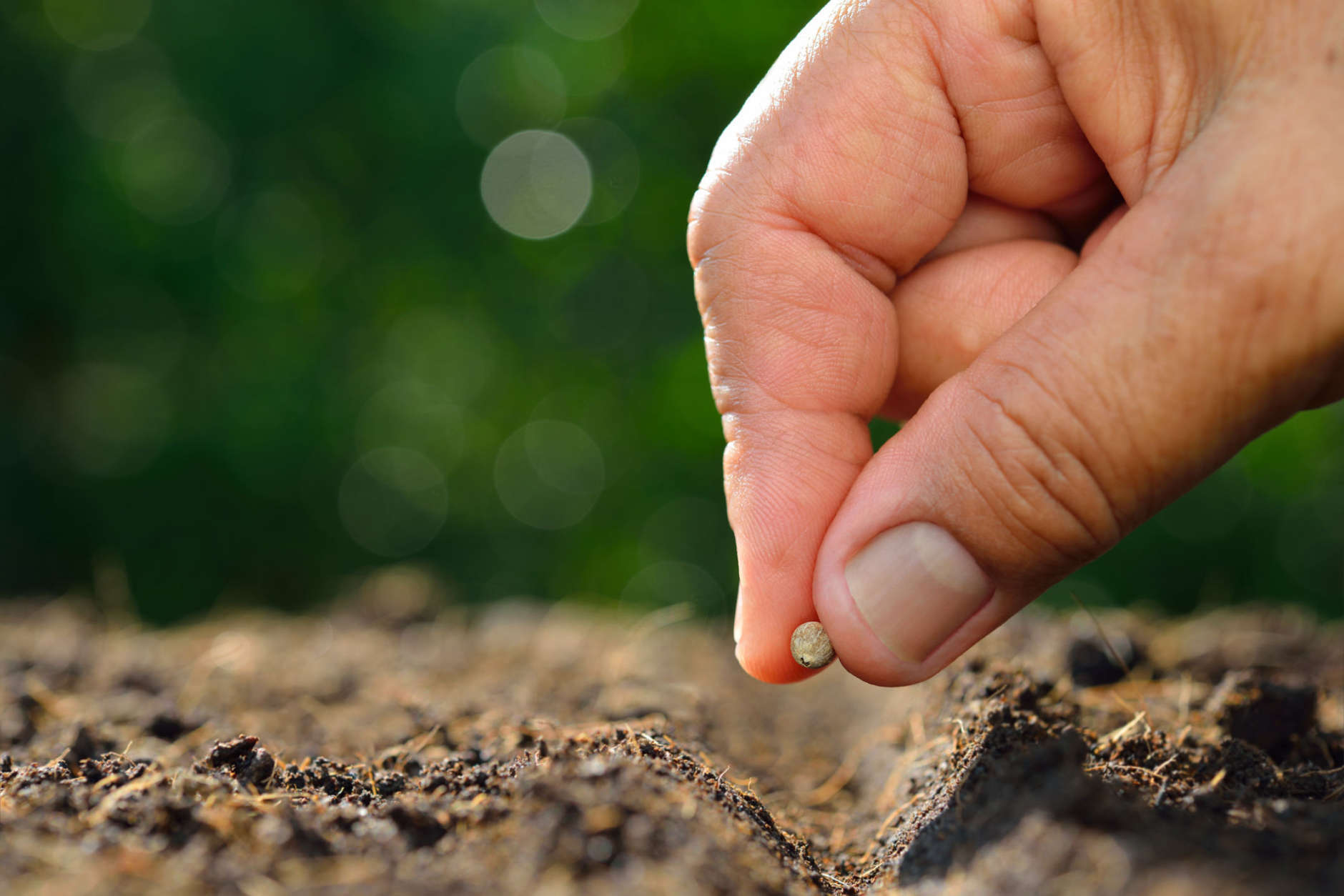
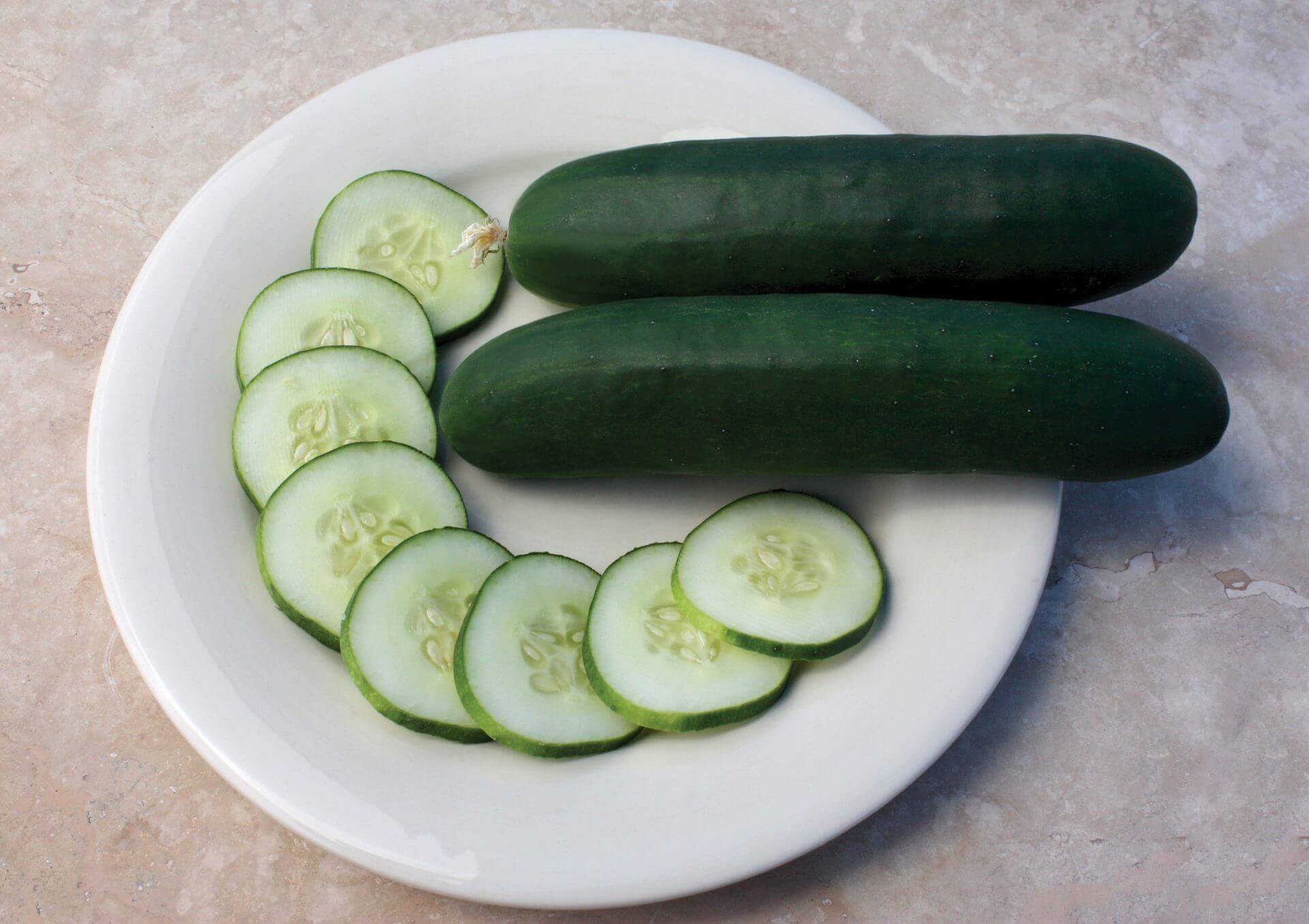
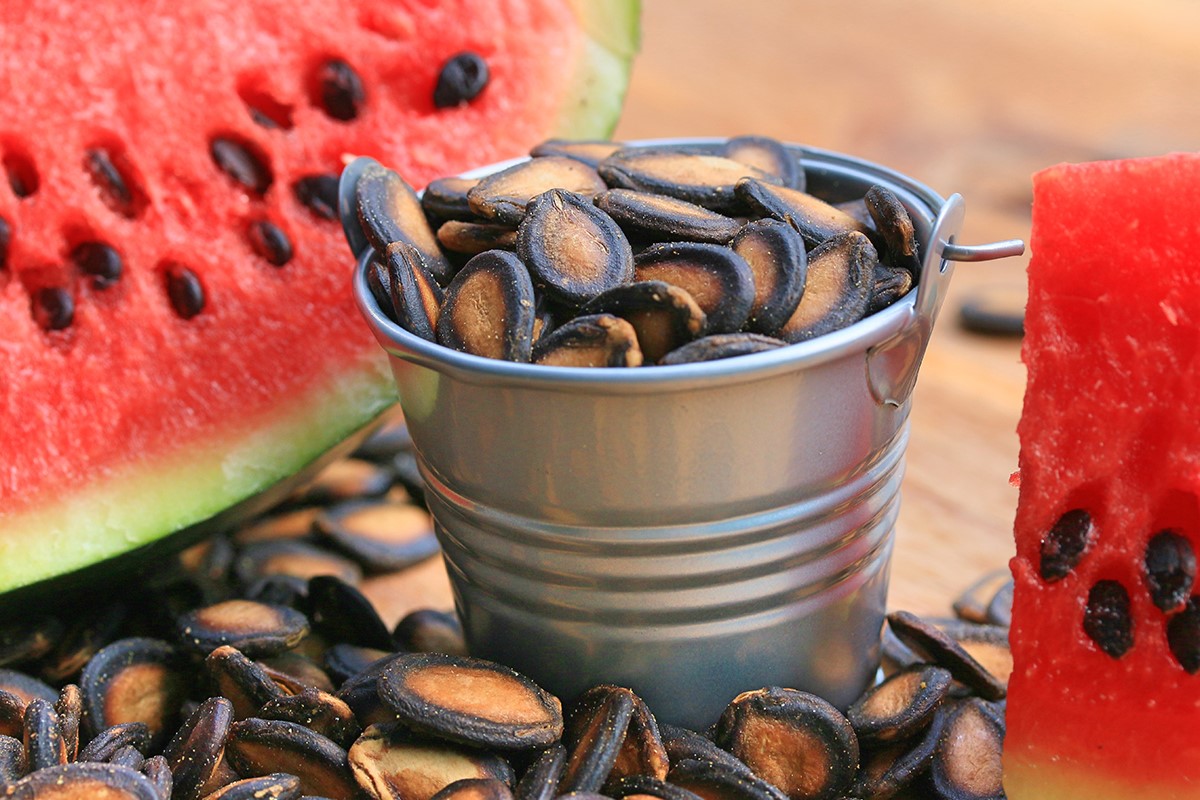
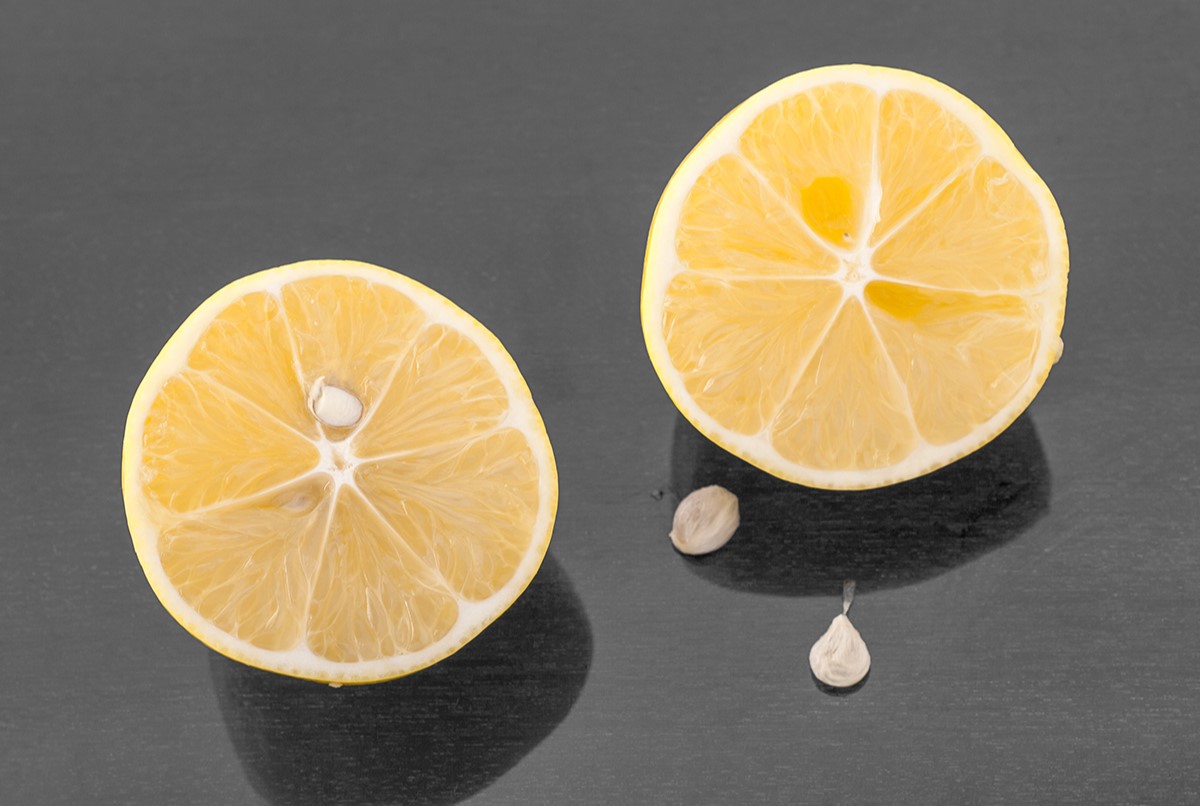

0 thoughts on “How Many Mustard Seeds To Make Mustard”